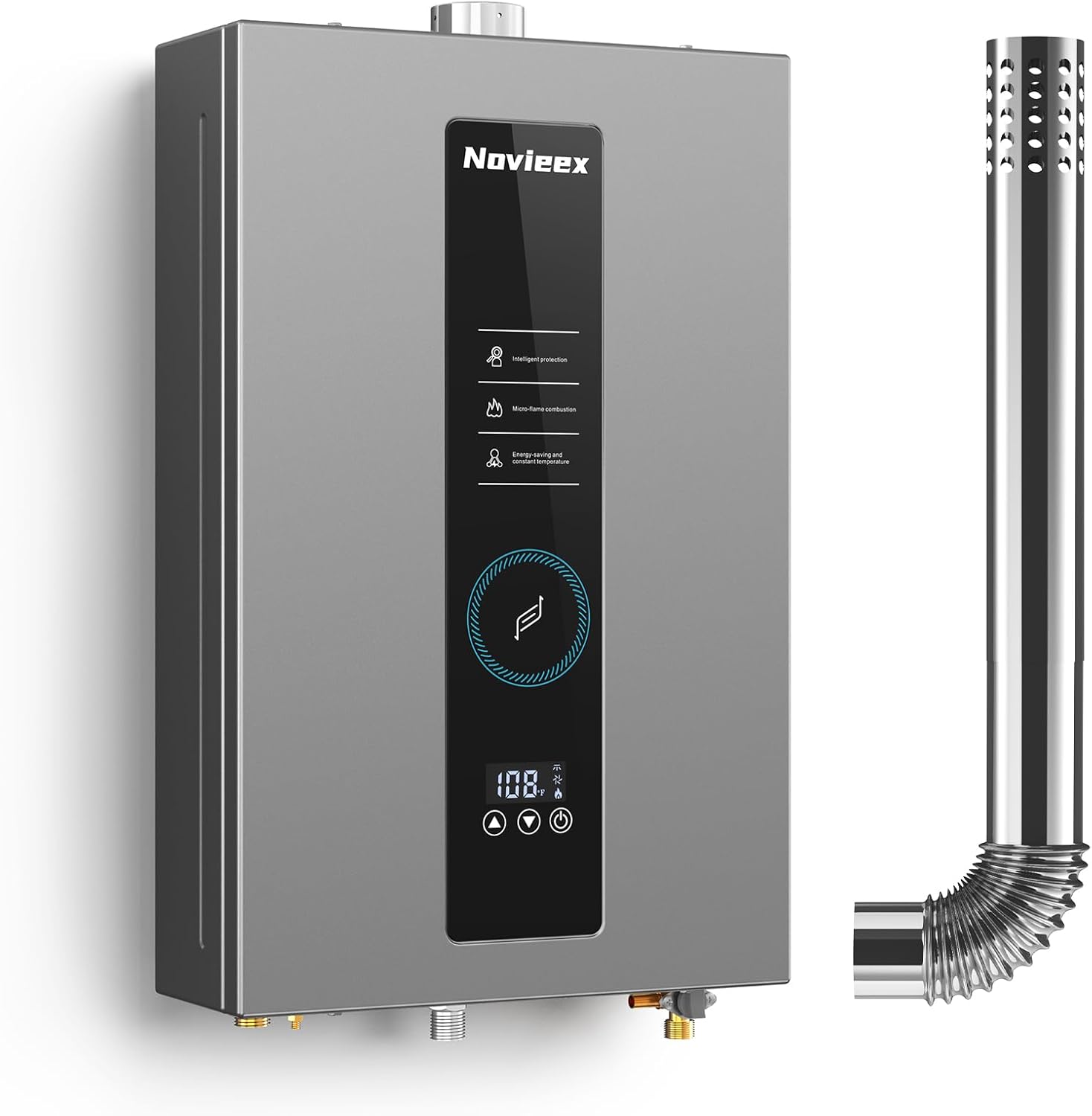The best practices for thermostat placement include installing it on an interior wall, away from direct sunlight, drafts, and heat sources for accurate temperature readings.
Proper thermostat placement is crucial for maintaining comfort and energy efficiency in your home. A poorly positioned thermostat can lead to inaccurate readings, causing your HVAC system to work harder than necessary. Follow these expert guidelines to ensure optimal performance.

Ideal Thermostat Locations
The right placement ensures your thermostat reads room temperatures accurately without interference from external factors. Here are the best locations:
Central Interior Walls
Choose an interior wall away from direct sunlight, drafts, and heat sources. Interior walls maintain more stable temperatures than exterior walls. The center of your home often provides the most representative temperature reading.
Frequently Used Rooms
Place your thermostat in the room where you spend the most time, typically the living room or main bedroom. This ensures the space you use most maintains comfortable temperatures. Avoid placing it in rarely used rooms like guest bedrooms.
Proper Height Placement
Mount your thermostat about 52-60 inches from the floor. This height avoids detecting floor drafts or ceiling heat buildup. It also makes the thermostat easily accessible for programming.

Places to Avoid
Certain locations can cause false readings and system inefficiencies:
Near Windows and Doors
Avoid placing thermostats near windows, doors, or skylights where drafts and temperature fluctuations occur. Even well-insulated windows can create microclimates that affect readings.
Kitchens and Bathrooms
Steam from showers and heat from cooking appliances create temporary temperature spikes. These rooms experience frequent humidity changes that can affect thermostat accuracy.
Direct Sunlight
Sunlight can heat the thermostat itself, causing false high temperature readings. This is especially problematic with west-facing walls in summer afternoons.
Near Air Vents
Placing a thermostat near supply vents or return air ducts leads to premature cycling. The direct airflow causes the thermostat to detect temperatures that don’t represent the room.
Special Considerations
Multi-Story Homes
For two-story homes, place the thermostat on the main floor. Heat rises, making upper floors naturally warmer. Consider installing a smart vent system to balance temperatures between floors.
Open Floor Plans
In homes with open layouts, place the thermostat near frequently used seating areas rather than near high ceilings or stairwells where heat collects.
Heat Pump Systems
Heat pumps require special thermostat considerations. According to Energy.gov, standard setback programming can reduce heat pump efficiency. Use models specifically designed for heat pumps.
Installation Tips
Follow these guidelines for proper installation:
- Ensure the thermostat is level for accurate readings
- Keep away from electronics that generate heat
- Maintain at least 18 inches clearance from furniture
- Use a quality thermostat appropriate for your HVAC system
- Consider professional installation for complex systems
Advanced Solutions
For challenging layouts, consider these options:
Remote Sensors
Many smart thermostats support remote sensors that monitor temperatures in multiple rooms. This helps average readings for whole-home comfort.
Zoned Systems
Homes with significant temperature variations may benefit from zoned HVAC systems with multiple thermostats controlling different areas.
Smart Thermostats
Modern smart thermostats learn your habits and adjust automatically. They can compensate for less-than-ideal placement through advanced algorithms.
Proper thermostat placement combined with regular maintenance ensures your HVAC system operates efficiently. For optimal performance, have your system inspected annually and consider upgrading older thermostats to modern, energy-efficient models.

